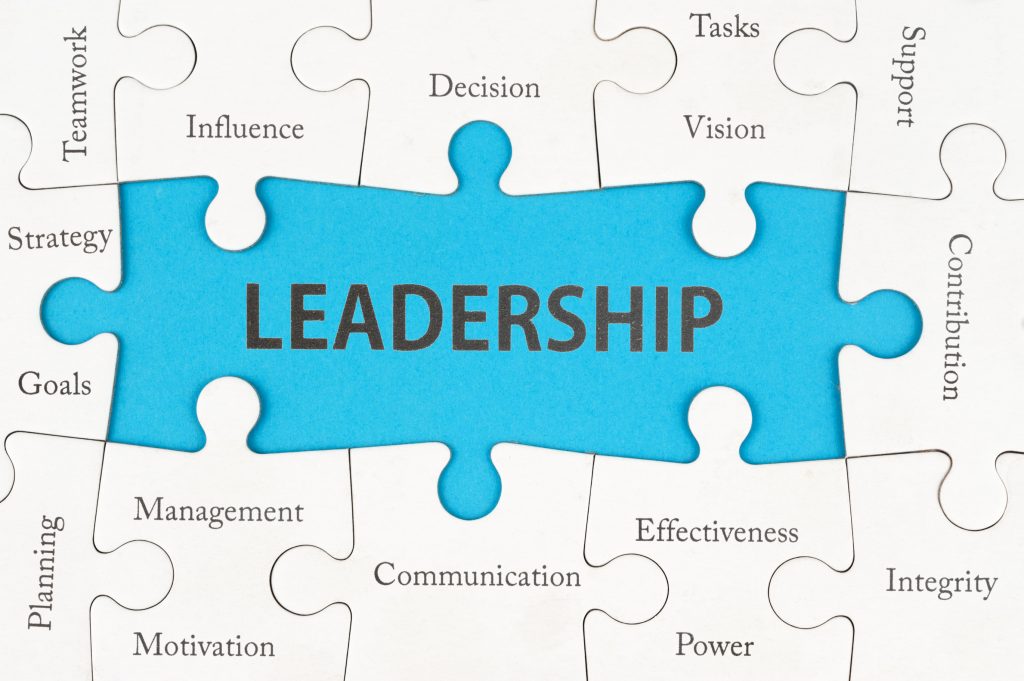Adaptive Learning Systems: Personalized Training at Scale
In the fast-paced realm of corporate Learning & Development, it’s imperative to keep abreast of emerging strategies that can reshape the way we train employees. Among the most significant innovations in the field is the concept of “Adaptive Learning Systems.” These systems are not just changing the game; they’re altering the rules, allowing Learning & Development professionals to deliver highly personalized training for employees while setting new standards for adaptive e-learning in organizations.
To learn more about the latest trends in learning & development strategy, make sure to download a free copy of our eBook on modern L&D strategy by Nick van Dam.
The Paradigm Shift: Personalized Training
Learning has always been as unique as the individuals engaging in it. Each employee has their own pace, preferences, and learning style. The traditional approach to training, which assumes that everyone learns at the same rate and in the same way, has become obsolete. This is where the concept of adaptive learning steps in, giving Learning & Development professionals the tools to craft training programs that are tailored to each individual’s specific needs and preferences.
The Need for Personalized Training
The heart of adaptive learning is personalization. It’s all about crafting learning experiences that resonate with the learner. Adaptive learning systems deploy AI and data analytics to create customized learning pathways based on a learner’s strengths, weaknesses, and learning style. This tailored approach not only engages employees more effectively but also accelerates their learning and knowledge retention.
Imagine an employee who encounters content that perfectly matches their current knowledge and challenges them just enough to spark their motivation. It’s a win-win for both the employee and the organization. Personalized training is not just a trendy buzzword; it’s a strategy that yields tangible results in terms of employee development and performance.
Adaptive Learning: A Game Changer
Adaptive e-learning for organizations is more than just a trend; it’s a transformative shift. These systems aren’t merely responsive to learners; they are proactive in anticipating their needs. Here’s how it works: as employees engage with the content, the system gathers data on their performance and adapts the learning journey accordingly.
For instance, when an employee excels in a specific area, an adaptive system will fast-track them through that content while providing additional support in areas where they may struggle. The result is increased efficiency, reduced training time, and improved overall performance.
Want to skip the article? Download our comprehensive free eBook of Learning Content Strategy
Realizing the Benefits: Advantages and Best Practices
- Enhanced Engagement and Retention
One of the primary benefits of adaptive learning is its ability to keep employees engaged. It offers content that is neither too easy nor too challenging, maintaining a sweet spot of engagement that is proven to enhance knowledge retention.
- Time Efficiency: A Win-Win
Personalized training minimizes the learning curve, saving valuable time for both employees and the L&D team. Employees can acquire new skills faster, while L&D professionals can allocate their time more strategically.
- Data-Driven Insights
Adaptive learning systems generate an abundance of data. Leveraging this data is essential for optimizing your training programs. Regularly reviewing the data can provide insights into what’s working well and what areas need improvement.
- Upskilling and Reskilling
In a rapidly evolving job market, adaptive systems play a pivotal role in upskilling and reskilling initiatives. These systems ensure that employees remain relevant and adaptable, a critical need in today’s ever-changing work environment.
- Flexible Learning
Another significant advantage is the flexibility offered by adaptive learning. Employees can access content at any time and from anywhere. This convenience enhances their learning experience and ensures that training fits into their busy schedules.
Implementing Adaptive Learning: Tips for Success
- Clear Learning Objectives. Begin by clearly defining the learning objectives for your training programs. Knowing what you want employees to learn and achieve is fundamental to creating a successful adaptive learning system.
- Leveraging Data Analytics. The data generated by adaptive systems is invaluable. Regularly review this data to understand what’s working well and what aspects need improvement. Analytics can help you fine-tune your training programs for maximum impact.
- Feedback for Improvement. Create channels for employees to provide feedback on their learning experiences. This ensures that you receive input directly from the users, enabling you to continuously improve the training process.
- Diverse Content. Offer a variety of content types to cater to different learning preferences. These can include videos, interactive modules, quizzes, and more. The diversity of content ensures that you engage a broader range of learning styles.
- Measuring Impact. Establish key performance indicators (KPIs) to assess the impact of adaptive learning on your organization’s goals. Regularly measure and evaluate the outcomes to ensure you are achieving the desired results.
In Conclusion
Personalized training for employees through adaptive e-learning systems is not just a trend; it’s a leap forward in the Learning & Development field. It’s about addressing the unique needs of each learner and optimizing the learning process for better results.
As Learning & Development professionals, your role in this evolution is pivotal. Embrace the power of adaptive learning systems, and you’ll not only stay at the forefront of the industry but also drive the success and growth of your organization.
In today’s dynamic world, it’s not about what you teach; it’s about how you teach it. Make learning personal, make it adaptive, and watch your employees thrive. Stay ahead of the curve and bring the future of learning to your organization. It’s a transformation worth embracing.
For more information on how to measure the ROI of your learning & development activities, listen to our free podcast “Does your Learning Make an Impact?” by the Head of Learning Measurement at Facebook.

Download free L&D content

Free eBook: Blended Learning
Blended Learning. Solved in one solution. Get the right blend of modern and traditional learning. Why Blended Learning is important? What works for one employee
Modern L&D Strategy by Nick van Dam
Download a free copy of our best-selling eBook with the newest trends in Learning & Development strategy by the former Global Chief Learning Officer at McKinsey & Co.

Free Learning & Development content

Optimizing L&D for Hybrid Workforces: Best Practices and Success Stories
In the contemporary corporate world, the emergence of hybrid workforces has heralded a significant paradigm shift in how organizations operate. For Learning and Development (L&D), this shift brings about unique challenges and opportunities. This article is your guide to navigating the complexities of hybrid workforces, offering comprehensive insights, practical tips, and inspiring success stories.

10 Strategies for Improving Learning Engagement and Motivating Learners
How can you keep your learners engaged and motivated? Whether you’re working in corporate training or as an educator, it’s important to have effective learning engagement strategies in place. By utilizing the right tools and techniques, you can enhance the learning experience and make your training more successful.

How to maximize employee engagement in L&D while minimizing costs
mployee engagement in learning and development (L&D) programs is crucial for the success of any organization. Engaged employees are more productive, more motivated, and more likely to stay with the company. However, with tight budgets and limited resources, it can be challenging for organizations to create L&D programs that engage employees while minimizing costs. In this article, we explore strategies for maximizing employee engagement in L&D programs while minimizing costs.











